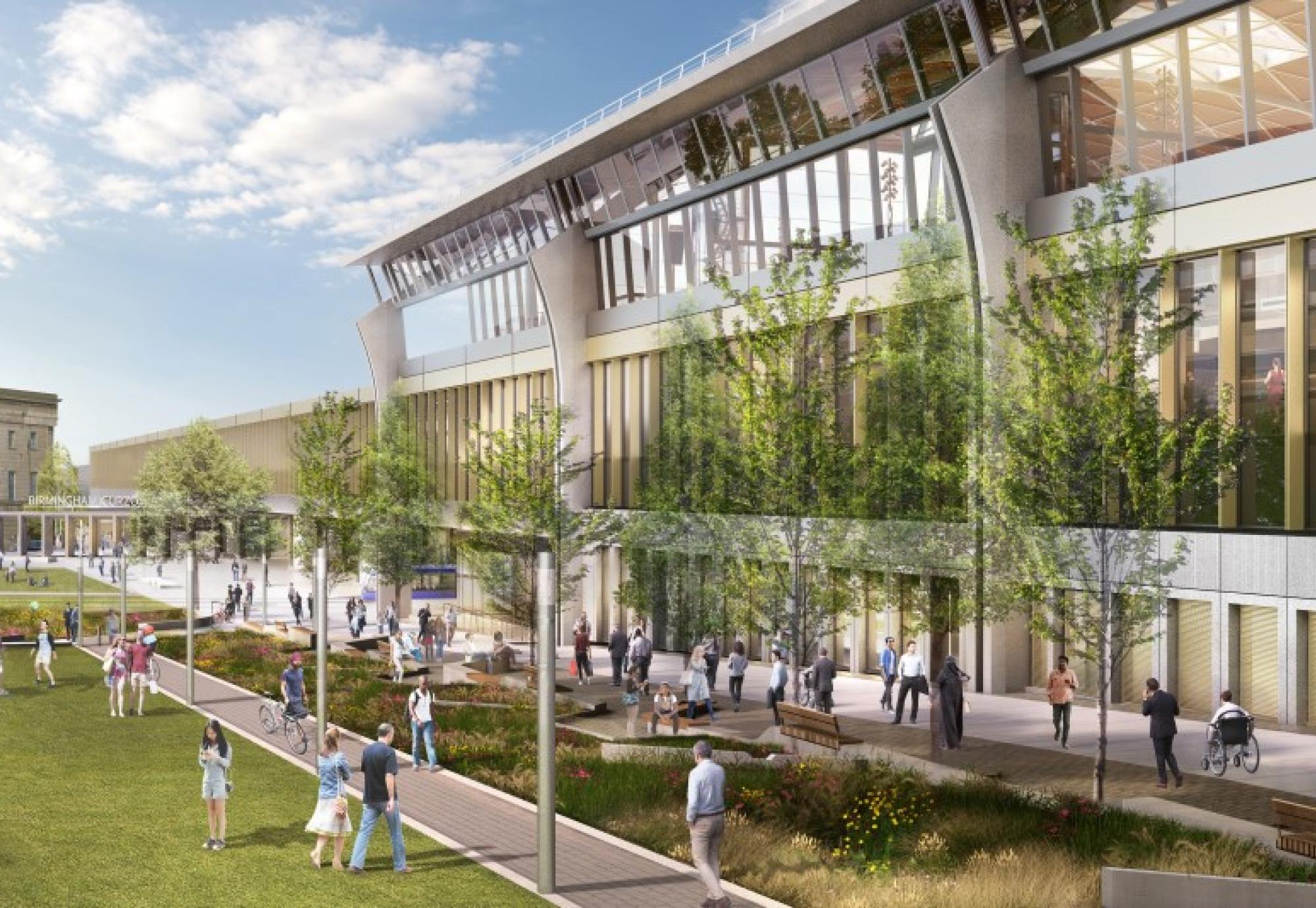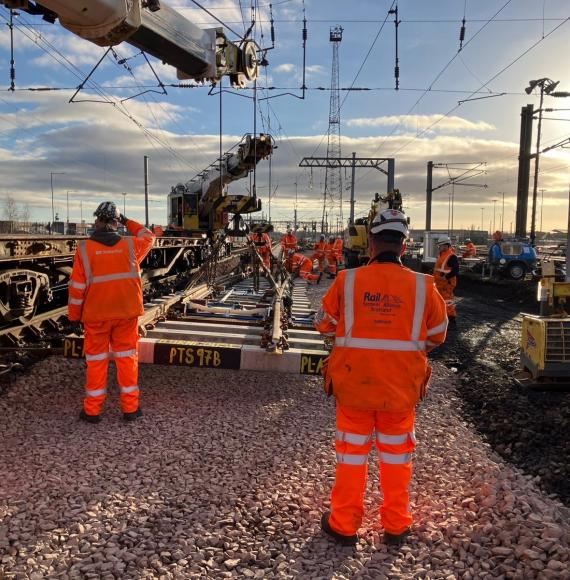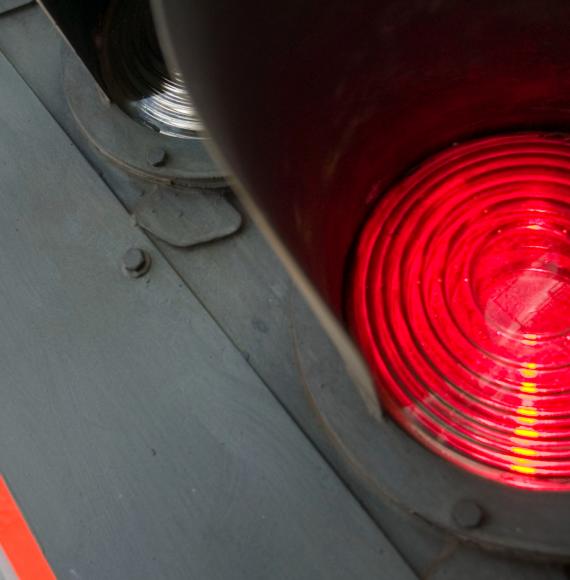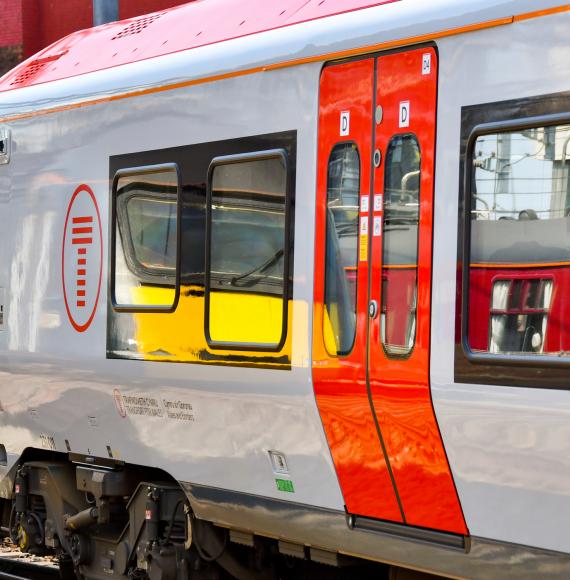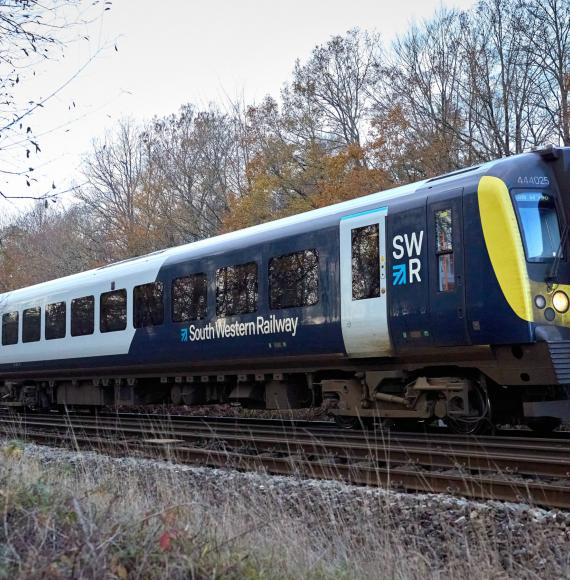Talk to a local about the reopening of London’s St Pancras station in 2008, and you’re more likely to hear feedback about the food court and shopping centre than you are about the international connections to Paris and Brussels.
Muse about the regeneration of nearby King's Cross and it is not the number of trains per hour that will dominate the conversation, but the transformation of the area from seedy and unseemly, to safe and sleek. Investing in the building of a new railway station, or the upgrading of an existing one can send ripples of renewal and prosperity throughout the surrounding area and beyond.
With High Speed Two (HS2) set to serve six stations across the Midlands, we must ensure plans are in place now to make the most of this once-in-a-generation investment, and that means shifting our focus to placemaking.
There are many forces at work in the creation of a successful regeneration strategy. Firstly, it needs the involvement of both the public and private sectors.
For example, the land surrounding Birmingham’s Curzon Street Station is subject to a £1bn regeneration plan masterminded by the city council but also brings in Birmingham and Solihull’s Local Enterprise Partnership, property owners, existing businesses and potential investors, who are shown the latest opportunities on offer at international events such as MIPIM (several virtual versions were held this year for obvious reasons).
Want to hear more from Maria? Then click here for article view or follow the link below...

